Our Top 10 Construction Terms series identifies and discusses the key construction contract provisions that affect risk allocation among the project participants.
This post, Indemnification Part 1, describes the various sources of a right to indemnification and suggested that indemnification for contract-related damages are very limited in the absence of an express indemnification provision.
Indemnification Part 2 uses the standard AIA language to highlight the statutory limits of contractual indemnification.
A contract’s indemnification provision can be extremely important on any project where one party subcontracts a portion of its work to another — whether that is a contractor subcontracting portions of the work or a designer subcontracting portions of the design.
In other words, on virtually every project.
However, contract clauses in general — and indemnification clauses in particular — cannot be fully understood without understanding what the law would be in the absence of those clauses. This post will outline the background and a following post will discuss specific issues related to contract imdemnity clauses.
A party’s right to be protected from liability by the person actually responsible is a complex mix of caselaw and statutes. Understanding indemnity in construction contracts in North Carolina must begin with N.C. Gen. Statute § 22B-1.
N.C.G.S. § 22B-1 makes any contract provision that seeks to indemnify someone against liability for bodily injury or property damage for that person’s own negligence in a construction contract a violation of public policy and therefore void. This statute does not preclude indemnity from a promisor who is solely negligent and does not preclude insurance policies, including workers’ compensation policies. This provision is widely misunderstood but that is a subject for another post.
With § 22B-1 as background, the North Carolina Court of Appeals has held that “[a] party’s right to indemnity can rest on [one of] three bases: (1) an express contract; (2) a contract implied-in-fact; or (3) equitable concepts arising from the tort theory of indemnity, often referred to as a contract implied-in-law.” Kaleel Builders v. Ashby, 161 N.C. App. 34 (2003)
Implied-in-fact indemnification arises in limited circumstances where there is a contractual relationship that “fairly implies the right to indemnity. In such a situation, the right to indemnity arises from the relationship between the parties and the circumstances of the parties’ conduct and the essence of such a claim is the intent of the parties to create an indemnitor/indemnitee relationship.” Northeast Solite Corp. v. Unicon Concrete, LLC, 102 F. Supp. 2d 637, 640-41 (M.D.N.C. 1999). For example, an employment contract may fairly imply an employer’s intent to indemnify her employee. See, McDonald v. Scarboro, 91 N.C. App. 13 (2003)
“[I]ndemnification implied-in-law, [is] more an equitable remedy than an action in and of itself, North Carolina law requires there be an underlying injury sounding in tort. The party seeking indemnity must have imputed or derivative liability for the tortious conduct from which indemnity is sought.” See, Kaleel Builders, Inc. v. Ashby, 161 N.C. App. 34, 41, 587 S.E.2d 470, 475 (2003). In other words, the party seeking indemnification must be a “passive” tortfeasor and the party from whom it seeks indemnification must be the active cause of the harm. Implied-in-law indemnification is not a remedy for contract-based damages.
Although the law of indemnification is complex, the conclusion can be simplified to this: participants in a construction project seeking to be indemnified for contract-based damages — or economic damages in general — are unlikely to prevail without an express contractual right to indemnification. In other words, it is extremely important that the indemnification clause in a construction contract is written so that it is enforceable and protects the indemnitee.
My next post will review standard form indemnification clauses and their impact on risk.



